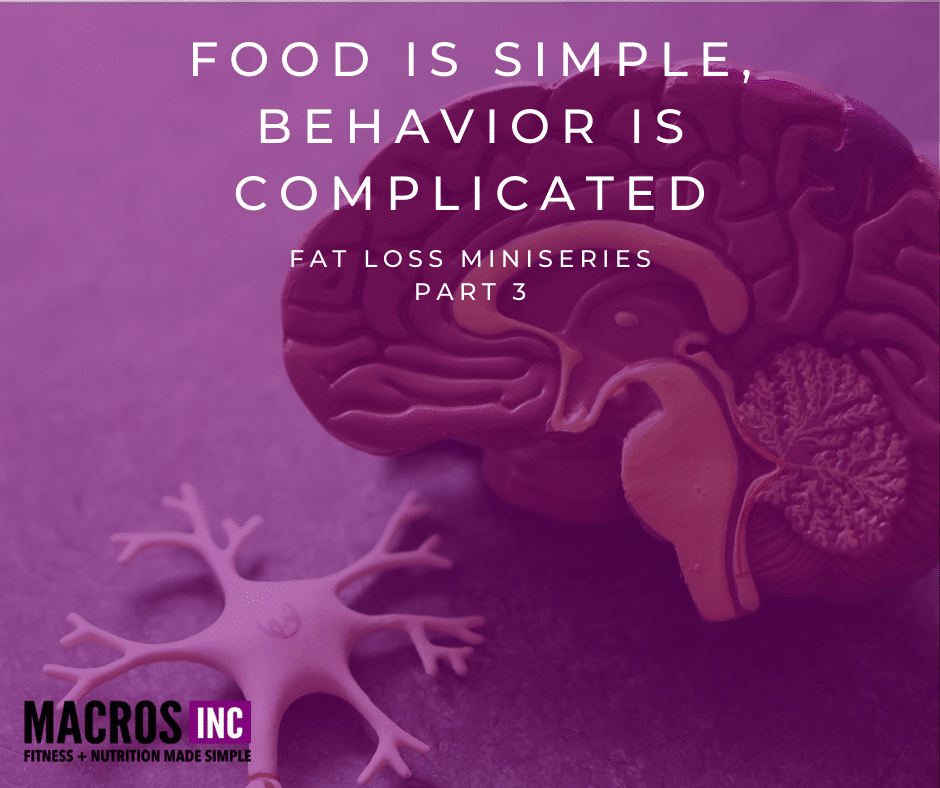Food is simple, behavior is complicated.
It is simple to tell people: to lose weight just lower your calorie intake.
It is also simple that lowering your calorie intake is, in fact, the easiest way to lose weight.
However, the act of lowering your calorie intake and sustaining that can be complicated, because human behavior is complicated and there are more aspects of food than just the calories and the macros.
Jump to a Topic
Calorie Density
Now, not all foods contain the same amount of calories, nor do all foods have the same amount of calories per unit of food, which is referred to as a food’s energy density (also often called calorie density).
Foods have varying degrees of calorie density, with some foods such as broccoli having incredibly low energy density, while other foods such as oils, butter, and nuts having incredibly high energy density.
Generally speaking, consuming foods with lower energy density tends to reduce total calorie consumption.
This is often due to the fact we usually enjoy foods with higher energy density and it is harder to control portion sizes with these types of foods. However, this is not always the case as energy density is just one aspect of food.
Nutrient Density
Nutrient density refers to the nutrient content (e.g. vitamins and minerals) of a given food. Foods have varying different degrees of nutrient density, with some foods such as berries, leafy greens, and salmon having an incredibly high nutrient density, while other foods such as sugar, candy, soda, pastries, and other higher processed foods.
Nutrient density generally has more to do with the health properties of a food than any inherent weight loss characteristics. However, diets that are higher in nutrients are associated with lower calorie intake and reduce hunger levels.
Which Factors Can Affect Our Food Choices
Why we eat the foods we do: There is another important factor to include… what we call Food Palatability. Humans don’t just eat to get calories and survive, we also derive pleasure and enjoyment from eating, which alters our eating behaviors. The pleasure we get from our food we often refer to as “palatability”. Here are the main things that drive this:
- Energy density
- Mouthfeel
- Sweetness
- Saltiness
- Texture
- Umami.
The more of these factors a food has, the more palatable they become, and in turn, the more of that food we consume. For example, a carrot is crunchy, while a Dorito chip is also crunchy, but has umami flavor, high energy density, and a good mouthfeel.
The palatability of a food is one of the factors that determines how much we eat. How palatable a food is can drive you to consume up to 50% more calories in a single meal.
This doesn’t mean you shouldn’t eat foods you enjoy, it is just an important aspect to consider when you are consuming food… how much are the intrinsic properties of the food you are consuming driving your behavior.
Try our nutrition coaching, for free!
Be the next success story. Over 30,000 have trusted Macros Inc to transform their health.
Simply fill out the form below to start your 14-day risk-free journey. Let's achieve your goals together!


